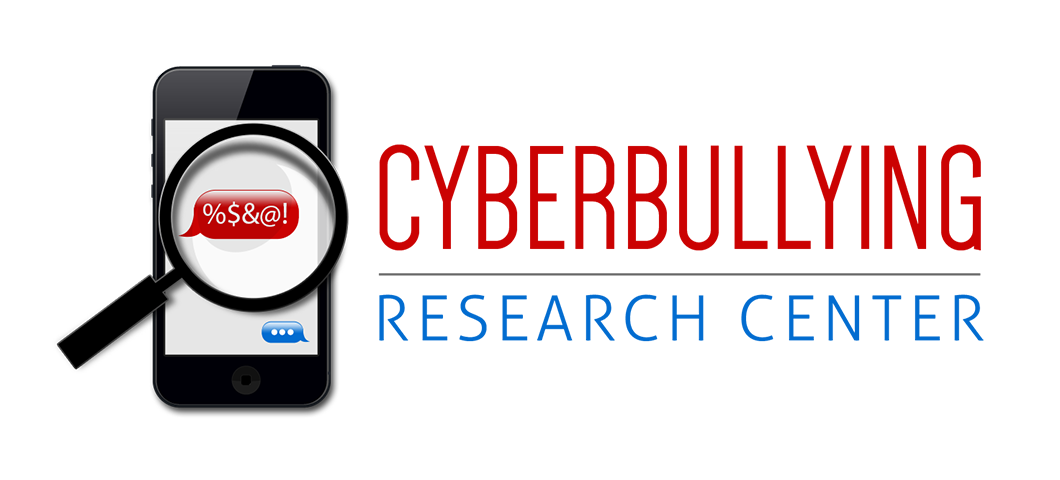
New Jersey’s updated bullying law took effect today amid controversy and confusion. The New York Times recently reported on the law and I have received numerous calls from folks interested in my take on certain provisions. Bullying and cyberbullying legislation has been the topic of much discussion on this blog, and regular readers know that we see a place for evidence-based, fiscally supported state legislation that helps clarify school responsibilities and provides them with the tools to better manage bullying and cyberbullying incidents. We haven’t seen the perfect law yet, and New Jersey’s iteration is not it either.
New Jersey’s law seems to focus much attention on accountability – not on holding the bully accountable, but making sure school officials take certain actions expeditiously. There are a series of requirements in the law that designate a very tight timeline for school actions:
• Principal must investigate incidents within one school day of witnessing or receiving a report of bullying
• Investigation must be completed within ten school days
• Results of the investigation must be sent to superintendent within two school days of completion
• Results must be reported to the board of education at the next scheduled meeting
• Parents need to be informed of investigation within five school days of board notification
• Parents may request a hearing of the board, which must be held within 10 days
The impetus for providing a detailed paper-trail and strict timeline for dealing with each incident likely comes from parents or student targets who feel as though their reports of harassment have been ignored, but holding schools to such a firm schedule will prove challenging. And depending on how each school interprets the definition of “bullying,” staff could quickly become mired in a bureaucracy and be forced to spend more time on paperwork than actually problem solving.
In fact, an interesting aspect of the language in this law is that it explicitly includes single incidents which traditionally would not have been considered bullying: “‘Harassment, intimidation or bullying’ means any gesture, any written, verbal or physical act, or any electronic communication, whether it be a single incident or a series of incidents…” Clearly it is important to address all forms of harassment, even one-time incidents, no matter how minor, but to require schools to formally document every single case could easily overwhelm them with paperwork.
The law follows the pattern of other recent state legislation (see our analysis of New Hampshire’s law) in adding language that incorporates off-campus behaviors that substantially disrupt the learning environment at school. This seems to be one of the most controversial aspects of the law even though nothing has really changed with this. For decades the standard has been that any behavior, whether on campus or off, that substantially or materially disrupts the learning environment at school is subject to the school’s authority. This was originally articulated in Tinker v. Des Moines in 1969 and several subsequent Supreme Court cases have applied this precedent to numerous incidents where schools disciplined students for off-campus speech or behavior. States have simply tried to codify this so that the standard is more widely understood. This law does not require teachers to police the Internet, but it does insist that they respond when reports of cyberbullying that are disruptive to students at school are made. Since most schools are already doing that, the only significant change is the amount of documentation that is required within a very short period of time.
In general, much of the provisions in the law are actually positive, and again most schools are already doing many of the elements included. The major problem is that no money has been allocated to pull any of this together. For example, each school needs to designate an “anti-bullying specialist” and each district needs to name a “bullying coordinator” (contact information for these folks must be listed on the school’s web page). Since no resources have been provided to schools to hire actual specialists, these duties will no doubt fall on staff who may or may not have expertise in bullying prevention and response. Moreover, schools are now required to provide training to staff and volunteers, but information is lacking regarding evidence-based training programs or curricular enhancements. Therefore, many schools will be forced to create an ad-hoc program or pay for someone to provide programming that might not be effective or informed by research. These mandates are coming at time when schools in New Jersey and across the United States are laying off teachers and essential support staff left and right. If New Jersey and other states really wanted to send a strong message that bullying prevention and response is a priority, then they would provide resources for schools to implement these policies and practices effectively. Until then, the new law is only a bunch of words on paper. Complete details of the law are available here.







